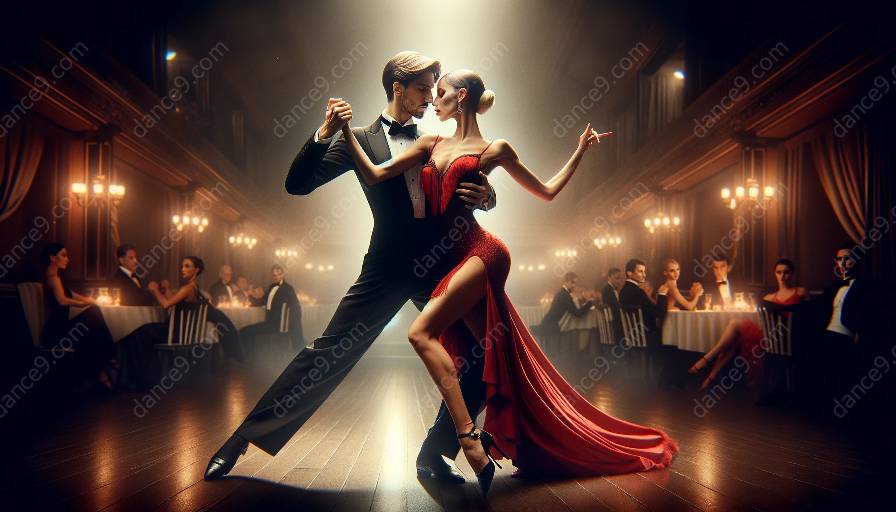Tango, a passionate and elegant dance form, carries deep social and cultural significance, steeped in history and tradition. Originating in the streets and cafes of Buenos Aires, Argentina, tango has become a global phenomenon, captivating audiences and enthusiasts alike. In this article, we will delve into the diverse social and cultural contexts in which tango is traditionally performed and how it has contributed to the world of dance.
The Origins of Tango
Tango traces its roots to the late 19th century, emerging from a melting pot of immigrant cultures in Buenos Aires. It evolved as a result of the blending of European, African, and indigenous influences, reflecting the diverse cultural landscape of the city.
Social Dynamics of Tango
The social dynamics of tango are deeply embedded in Argentine culture, serving as a form of expression and communication. Historically, tango provided a space for individuals from different social classes to come together and connect through dance. It conveyed emotions, stories, and societal tensions, becoming a medium for personal and collective narratives.
Cultural Heritage
Tango holds immense significance as a cultural heritage, not only for Argentina but for the world. Recognized by UNESCO as part of the Intangible Cultural Heritage of Humanity, tango embodies an intricate fusion of music, dance, and poetry, reflecting the essence of Argentine identity and creativity.
The Global Appeal
While rooted in Argentine culture, tango has transcended borders and captivated audiences worldwide. Its allure lies in its passionate and dramatic expression, resonating with people from diverse backgrounds. From international dance festivals to local milongas, tango continues to thrive as a global cultural phenomenon.
Experience Tango through Dance Classes
To truly appreciate the social and cultural contexts of tango, consider exploring it through dance classes. By participating in tango lessons, individuals can immerse themselves in the rich history and traditions of this captivating dance form. Whether as a casual hobby or a dedicated pursuit, tango dance classes offer a unique opportunity to engage with the essence of tango.
Conclusion
In conclusion, the social and cultural contexts of traditional tango performance are intricately woven into the fabric of Argentine society and global cultural expressions. By understanding the origins, social dynamics, and global impact of tango, individuals can gain a deeper appreciation for its significance in the world of dance. Whether observing a traditional milonga in Buenos Aires or learning the steps in a dance studio, the essence of tango continues to enrich lives and connect people across continents.













































































